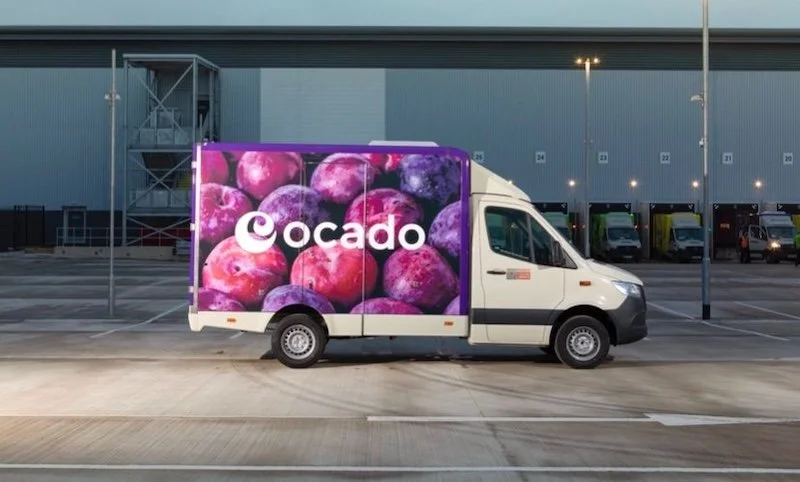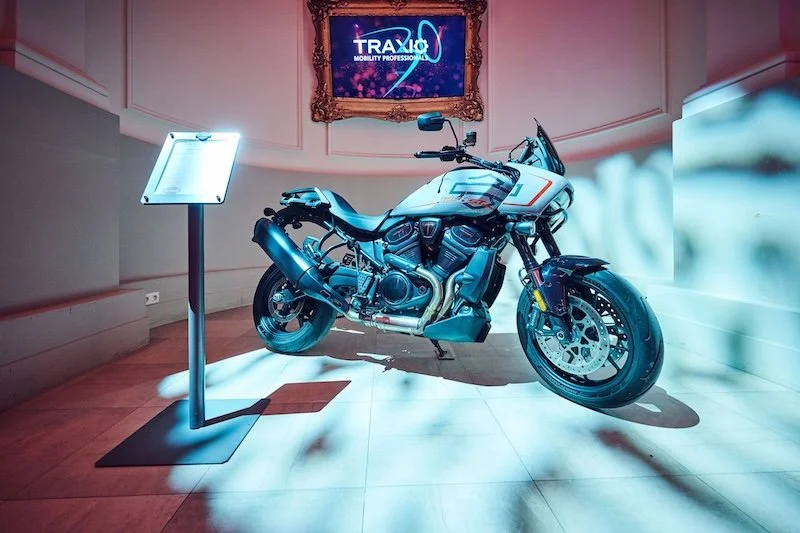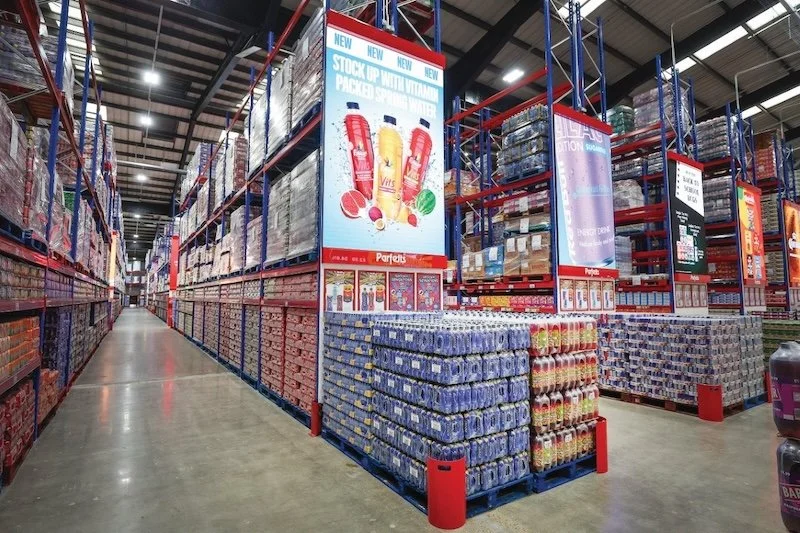RTIH gets to grips with the ChatGPT phenomenon and its relevance to the retail technology space
Unless you’ve been holidaying on Mars lately, you’ll be aware that ChatGPT is so hot right now.
It was created by the folks at OpenAI. Search Twitter and you’ll see it constantly being mentioned and discussed, and not just in the tech world.
From memes…
…to discussions in the teaching world about whether it can take over the planning of lessons…
…ChatGPT is everywhere. So far it lays claim to over a million users, with the number steadily growing.
But what is it exactly? And how is it relevant to the retail technology space?
Well, to answer the first question; who better to answer but the AI itself? We asked ChatGPT and this is how it responded:
“ChatGPT is a large language model developed by OpenAI. It is a transformer-based neural network that is trained on a massive amount of text data and is able to generate human like responses to a wide range of questions and prompts.”
“It can be used for a variety of natural language processing tasks, such as text completion, question answering, and language translation. It is based on the GPT (Generative Pre-training Transformer) architecture.”
Phew! That’s pretty complicated. We asked for a simplification:
“ChatGPT is a computer program that can understand and generate human-like text. It's like a sophisticated language tool that can help with tasks like writing, conversation, and translation. It's been trained on a lot of text data so it can understand and respond to a variety of questions and inputs.”
We next asked about the hot retail tech trends in 2023 and were told:
“It's difficult to predict exactly what the top retail technology trends will be in 2023, as the field is constantly evolving. However, some trends that are likely to continue to gain momentum in the coming years include:
Artificial intelligence (AI) and machine learning (ML) - Retailers are using AI and ML to personalise the shopping experience, improve supply chain management, and make better data-driven decisions.
Omnichannel retail - Omnichannel retail refers to a seamless shopping experience that spans multiple channels, such as online, in-store, and mobile.
Voice commerce - The growing popularity of smart speakers and other voice-activated devices is making it easier for consumers to shop using voice commands.
Augmented reality (AR) and virtual reality (VR) - Retailers are using AR and VR to enhance the in-store shopping experience and create immersive online shopping experiences.
Internet of Things (IoT) - The IoT is enabling retailers to gather data from a wide range of connected devices, such as sensors and smart appliances, to improve operations and create new customer experiences.
Blockchain - Retailers are exploring the use of blockchain for supply chain transparency, tracking and verifying the authenticity of products, and enabling secure, decentralised payment systems.
Those are not bad predictions and are definitely ones to watch in 2023, but these are things that most retail tech aficionados would already be able to identify. So whilst a fun experiment, here the AI isn’t necessarily telling us anything we haven’t heard before.
How about we dig a little deeper, then. As we are speaking to an AI, let’s focus in on how artificial intelligence and machine learning might be used in the retail sector over the next 12 months.
The response…
“In 2023, AI and ML are likely to be used extensively in retail technology for various applications such as:
Personalised Shopping Experiences: Retailers will use AI and ML algorithms to personalise the shopping experience for each customer by recommending products based on their browsing and purchasing history.
Inventory Management: Retailers will use AI and ML to optimise inventory management by predicting demand for products and adjusting stock levels accordingly.
Price Optimisation: Retailers will use AI and ML to optimise pricing strategies by analysing data on customer demand, competition, and market trends.
Chatbots and Virtual Assistants: Retailers will use AI-powered chatbots and virtual assistants to provide customers with personalised assistance and support throughout the shopping experience.
Fraud Detection: Retailers will use AI and ML to detect and prevent fraud in transactions, both online and in-store
Virtual and Augmented Reality: Retailers will use AI and ML to enhance the customer experience with virtual and augmented reality technology, for example, allowing customers to virtually try on clothes or see how furniture would look in their home.
Not bad. There is a level of specificity in these predictions that display a firm degree of understanding of current retail trends and developments.
However, they are not groundbreaking or revolutionary in any real sense of the word when it comes to truly thinking about creating innovative and positive disruption in the industry.
What is more interesting is to think about the potential of GPT powered chatbots working within the retail industry
With their advanced natural language processing and machine learning capabilities, these chatbots have the ability to revolutionise the way retailers interact with customers, providing a more personalised and seamless shopping experience.
However, it's important to also consider the potential, and very real, downsides of this technology. As automation continues to advance, there's a risk that GPT powered chatbots may take over jobs that were previously done by human employees, leading to job loss and economic disruption.
Additionally, there is the concern that chatbots may not be able to handle nuanced customer inquiries, or lack the empathy needed to deal with complex emotions.
Seemingly the future is upon us. Have we finally reached a stage where we need to be looking over our shoulders, waiting for Skynet to appear and obliterate us all? Well, not quite.
The technology is very advanced and very cool. We must admit we had a great time researching this article, but there are clear limitations.
Instead of thinking of it as some sort of oracle super computer (a la Westworld season three (cancelled too soon BTW!), retailers should focus on tapping this technology to enhance the customer experience, rather than replacing human interaction altogether.
As the retail industry continues to evolve, it will be interesting to see how GPT powered chatbots play a role in shaping the future. However, it’s our belief that, as great as advancements in technology undoubtedly are, human consciousness and innovation will always win.
The human touch, humankind’s creativity and the ability to adapt and think out of the box, will always be critical for any retail business to succeed.















Continue reading…